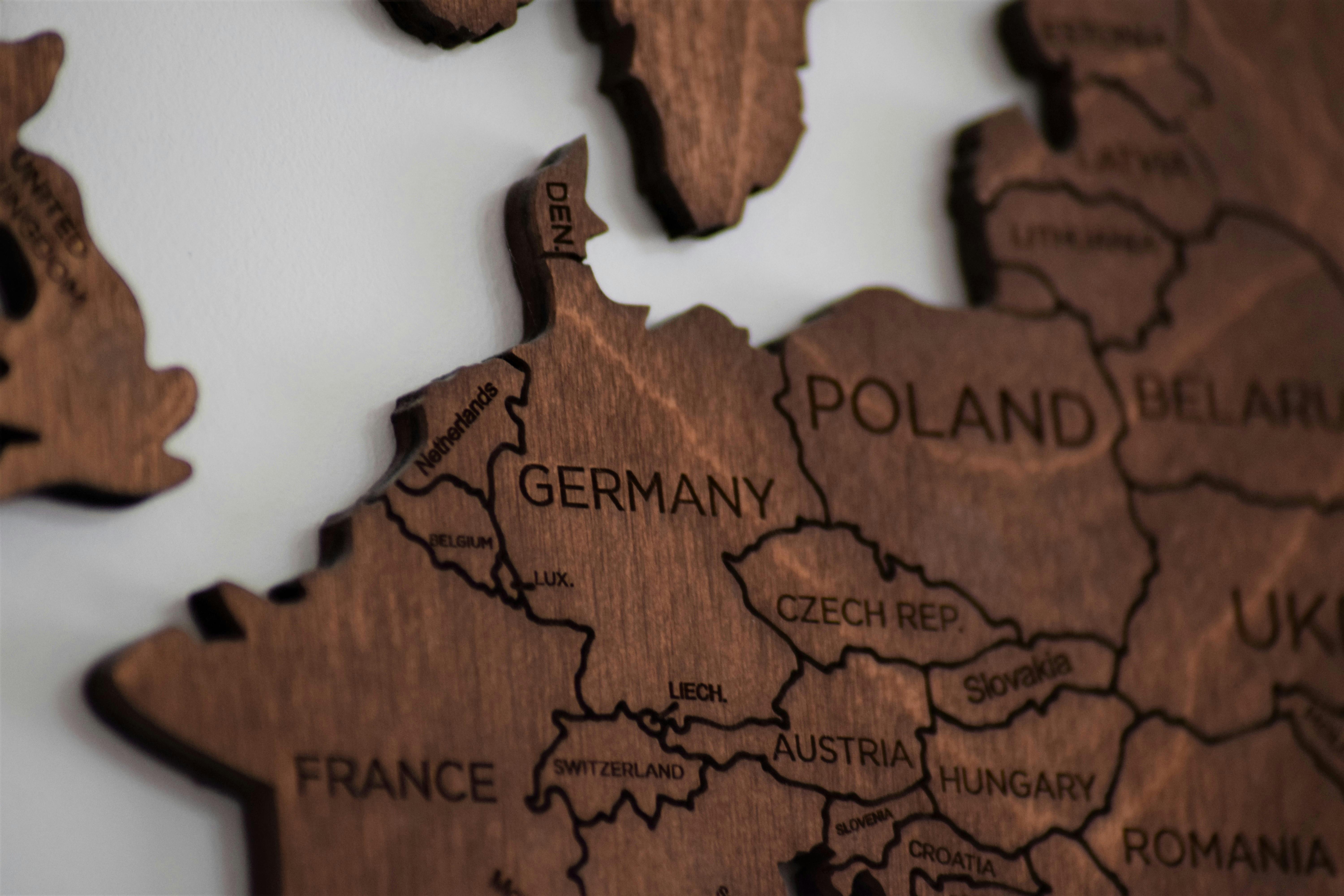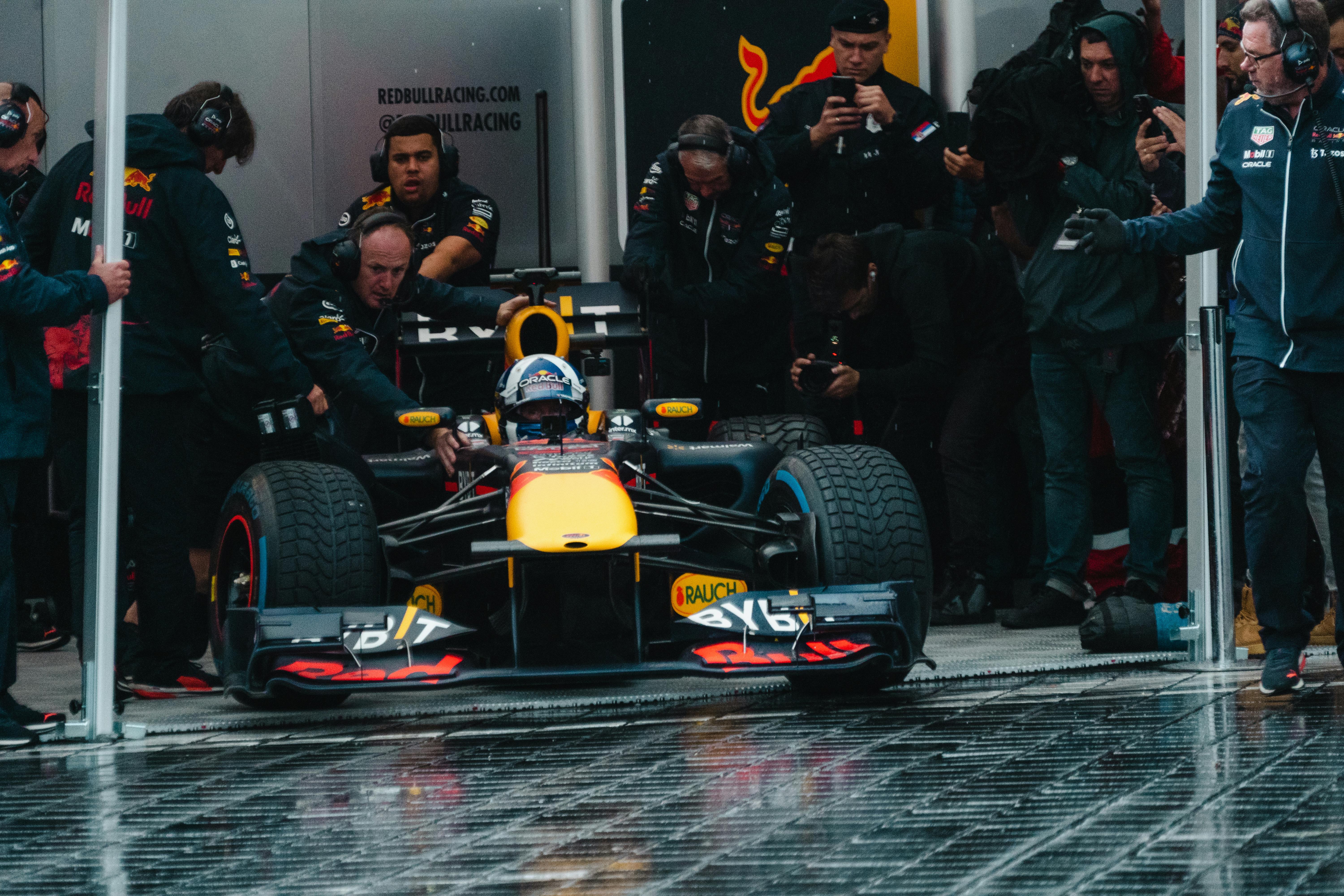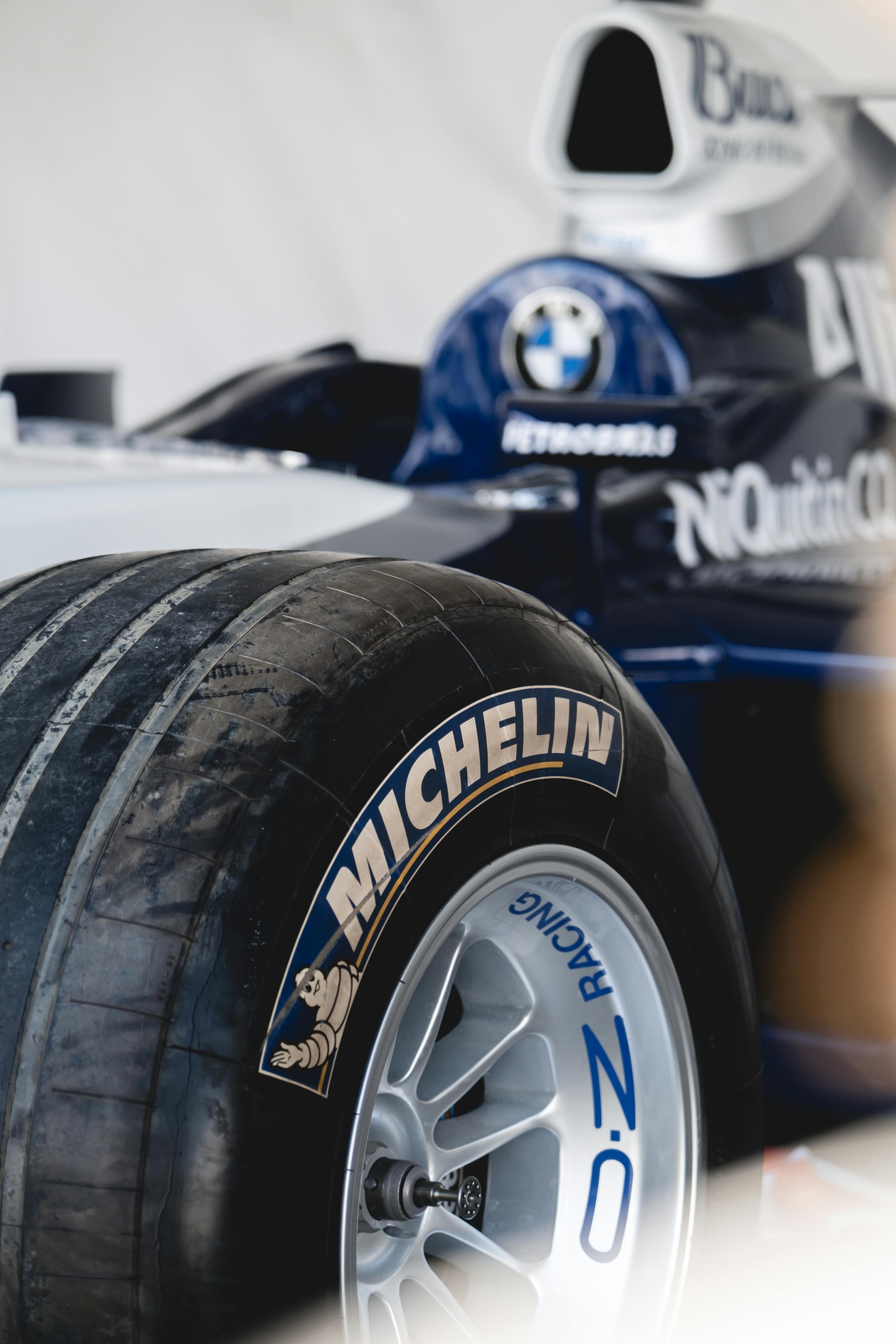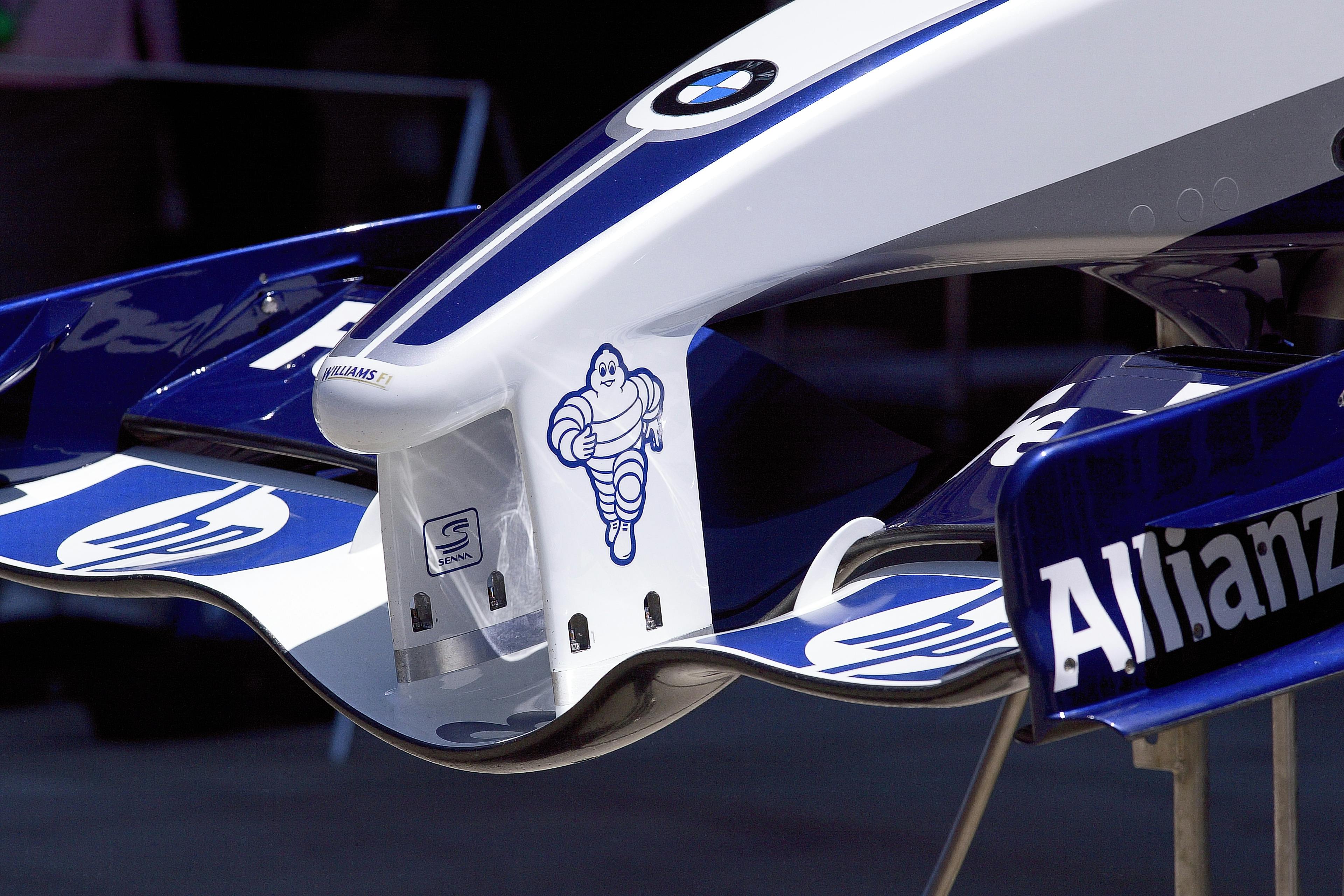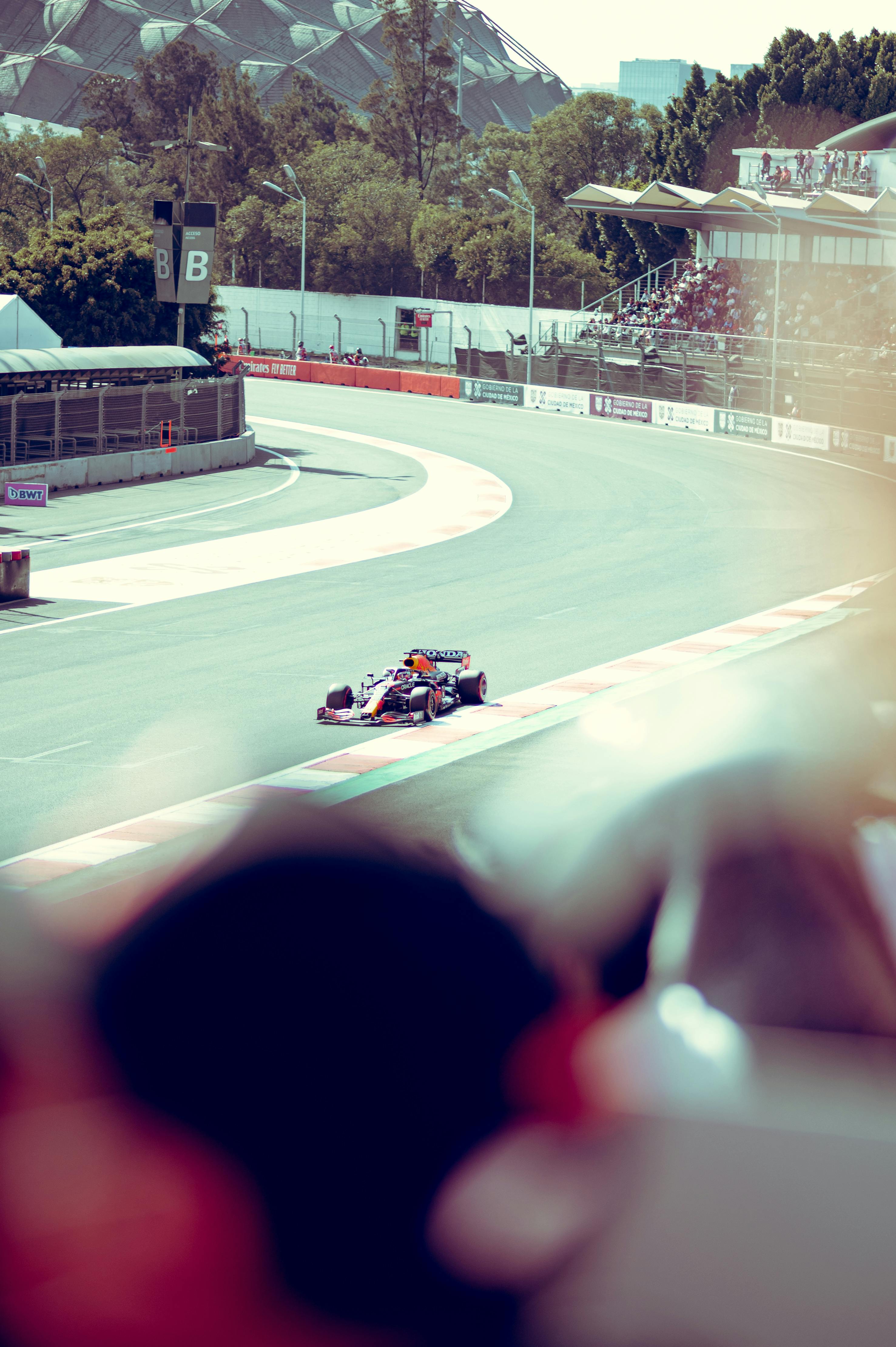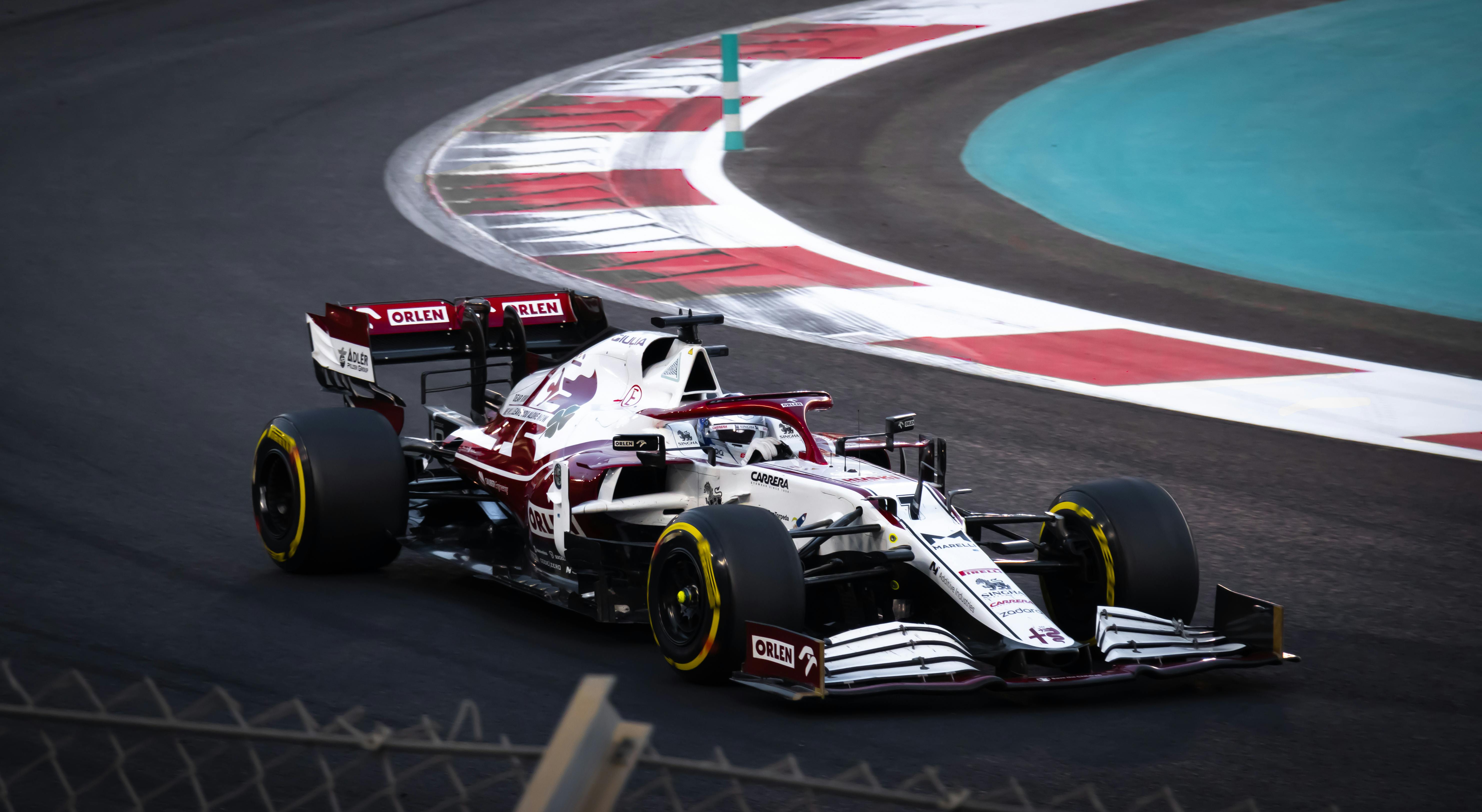I have an entire bookshelf of board games in my collection, many that I enjoy—and too many that are still in shrink wrap—but Diplomacy is still my favourite.
The thing is, there are much better board games than Diplomacy. On Board Game Geek, it sits at a user-voted 7/10 and I think that’s a completely fair score. Its mechanics lack the refinement of the strategy and negotiation games that have followed in its footsteps in the decades since; it’s a pain to get people to the table to play it—even virtually; it’s mean-spirited; and I have only played it a grand total of three times in my life.
…And yet, I can’t help but gush about it to people who have never played it before or aren’t familiar with board games.
Where university students might fixate over fantasy sports leagues, constantly checking sports scores and the waiver wire or trade requests, Diplomacy occupied that part of my brain in 2014. Instead of wheeling and dealing—making offers on Crosby or Ovechkin—I was negotiating French armies and English fleets into the Iberian Peninsula. I was putting out fires with my words, assuaging fears and making assurances I had no intention of seeing through. We played online and over the course of weeks and I was obsessively checking my inbox for new messages.
The only hidden information in Diplomacy is what players may be writing to each other and players can be as transparent or as duplicitous as they prefer. Every movement a player makes, inching into regions of the board every round—even all the way in Russia—is cause for alarm and deliberation for those in the West.
In Diplomacy, seven players take control of the major European powers on the eve of the Great War and the gameplay is chess-like but played on a map. Combat is much like a rugby scrum: armies link up and muscle each other out of territories. A battle is resolved through how much adjacent “support” one side has (simulating a flanking manoeuvre, and having allies early on is necessary and crucial) which forces a retreat or the outright destruction of an opposing unit—if there is no free space to escape to.
Moving pieces around, gaining important cities so you can build more units is a simple enough concept but the real thrill of Diplomacy is the backstabbing and lies: agreements are nonbinding. The only constant one should expect is to be betrayed at some point.
The game is an exercise in the art of rhetoric. The first time I played, all of us signed off our messages as Mr. President or His Majesty the King or Holy Tsar. We referenced world events of their day and discussed the rising peril of the Austro-Hungarian Empire and the troubling ramping-up of der Kaiser’s military industrialization. But on the side, I made plans with Herr Kaiser and talked about the foolish overextension of the English fleet.
There never was any money put down on the games, but the stakes never felt higher to me. Few board games have captured the same tension and it always makes me think of a quote said of the coming war by British Foreign Secretary Sir Edward Grey in 1914: “The lamps are going out all over Europe, we shall not see them lit again in our lifetime.”


